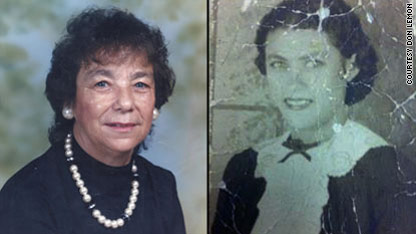Poetic Justice: Drake and East African Girls
The Feminist Wire
2013-04-03
Safy-Hallan Farah, Guest Contributor
I am an East African Girl. A couple years ago, one of my friends told me that being an East African meant I’m not really black. A visibly mixed-race girl with a “high yellow” complexion and sandy brown hair telling me I’m not black didn’t sit well with me. I wanted to tell the girl, in the words of CB4, I’m black y’all. I’m black like the back of Forrest Whitaker’s neck. I’m black like Snoop Dogg’s lungs. I’m black like some Helvetica font against a white backdrop trying to sell you stuff.
I’m a black woman. But my nose, my loosely coiled curls and my fivehead make me black in a way that extends the colorism debate, creating this hierarchy of aesthetic value where I’m not just black, I’m also acceptably black.
Back in the day, white people went to East Africa to find Iman, their acceptable black girl. When white people did this, former Essence Editor-in-Chief Marcia Gillespie called East African model Iman Abdulmajid “a white woman dipped in chocolate,” highlighting Iman’s acceptable blackness while also lamenting the fact that black women’s beauty is often measured in their proximity to whiteness…
…In “Poetic Justice” by Kendrick Lamar ft. Drake, Drake does it again: “I was trying to put you on game, put you on a plane/Take you and your mama to the motherland/I could do it, maybe one day/When you figure out you’re gonna need someone/When you figure out it’s all right here in the city/And you don’t run from where we come from.” But couched between another lazy description of a faceless, nameless East African Girl, and Drake’s assertion that that East African Girl is busy ignoring him for another man, is a story of afrodiasporic identity, which is what sets Drake apart, narratively, from other rappers.
While Drake’s definition of black beauty may seem limited, his definition of black identity is what Touré would call “post-black,” and Michelle Wright would call “postwar diasporic black.” Drake’s flow in “Poetic Justice” facilitates a broader discussion of black identity and black authenticity, a discussion that implicitly critiques Marcia Gillespie’s “white woman dipped in chocolate” statement, positing that East African Girls “come from” the same city Drake does, Toronto. The underlying message is that Drake considers us black like him. Drake, as a black Jewish man whose Degrassi character Jimmy Brooks dated a fake East African Girl, occupies a similarly hybrid space like East African Girls. For many East African Girls, that feels like poetic justice because the definition of ‘authentically black’— descendants of Africans brought here as slaves— is a limited definition that doesn’t even include Barack Obama, much less East African Girls…
…East African girls are generally not mixed race, yet this idea that we are is deeply embedded in the minds of white racialists, leading some to believe we’re an entirely different, special, exotic breed of people. This goes back to the pseudoscience of Carleton S. Coon’s “The Races of Europe.” Anthropologists and white racialists, which are often one in the same, have been claiming we are of majority Arab or white or “Afro-Asiatic” descent for years. And while that isn’t the sentiment of Drake or Nas’s lyrics, our alleged mixedness underpins their lyrics by virtue of the sheer selectiveness of the East African Girls shouted out in hip-hop lyrics. When Drake or Nas reference East African Girls, it can be easily inferred that they mean Cushites representing the Horn of Africa (Ethiopia, Eritrea and Somalia). “Cushite,” a term derived from “Cush” of the Hebrew Bible and Quran, is in reference to our shared “Afro-Asiatic” language classification, which is often mistakenly typified as a shared racial identity. This little mistake triggers a big mistake: the conflation of biology and genetics with race and ethnicity as a social fact, which reifies the racial categories…
Read the entire article here.




